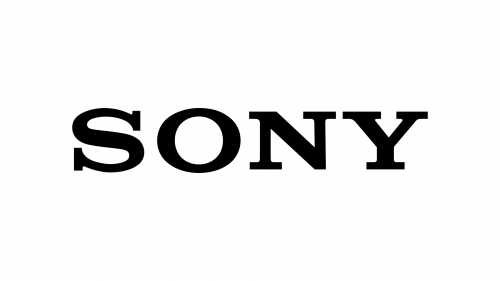



MFM-HT75/95
LCD monitor
SONY CorporationThe MFM-HT75/95 monitors are LCD computer displays with built-in television tuners. The traditional monitor on stand, which has been the standard design for PC monitors until now, has been a source of concern when managing cables. To hide the various cords connecting the equipment to the monitor, the designer of the HT series adopted a rising design, which creates a line that segues almost seamlessly from the keyboard to the monitor. This both results in a sense of continuity with the keyboard when viewed from in front, and does a good job of hiding the cables. When viewed from the side, this rising design also has the effect of emphasizing the striking thinness of the unit. Because the area where cords are connected is hidden with a cover, the unit has a clean look even when viewed from behind. Considerations have also been made to enhance ease of use through the installation of a mechanism that would allow the angle of tilt to be adjusted with only one hand.
